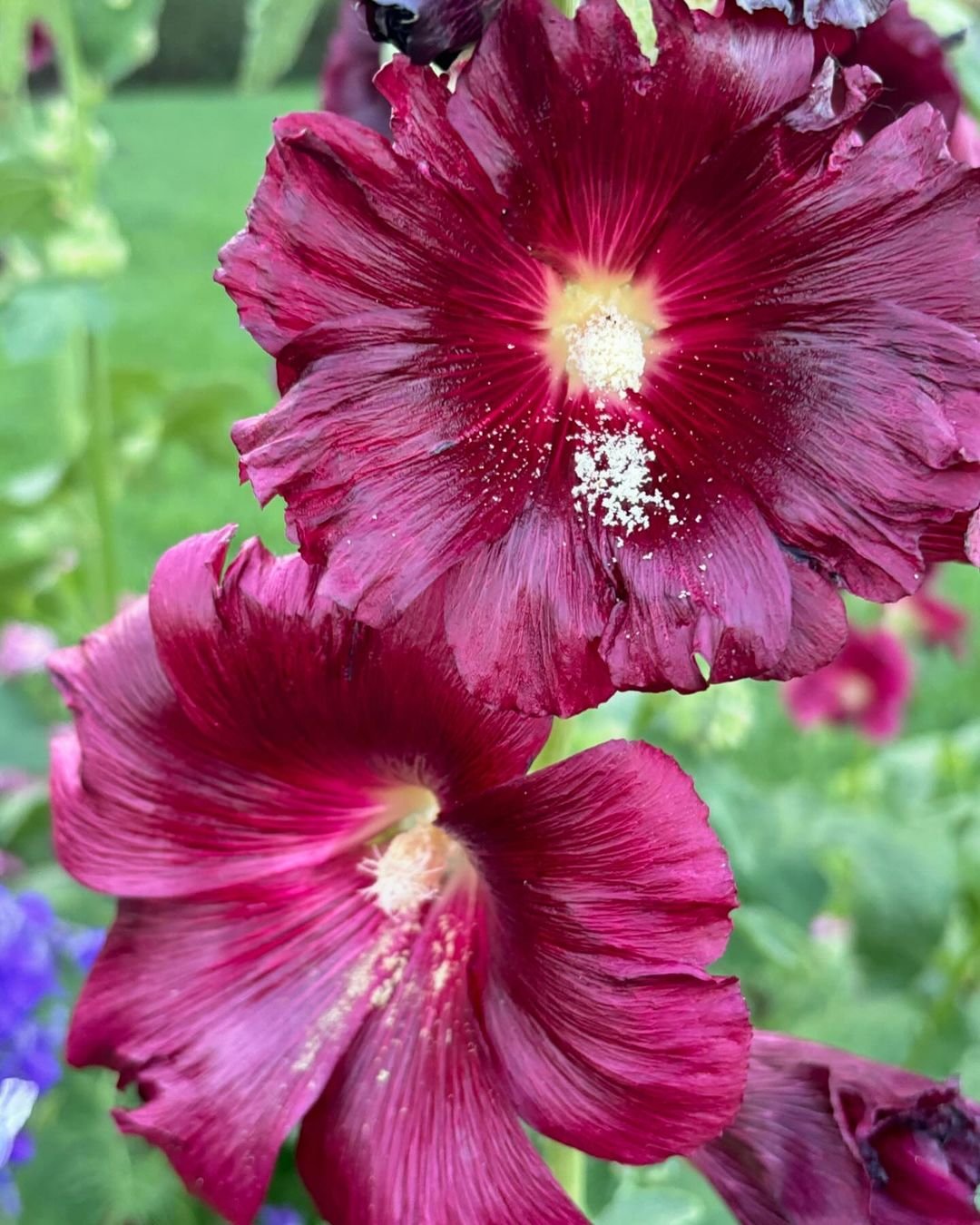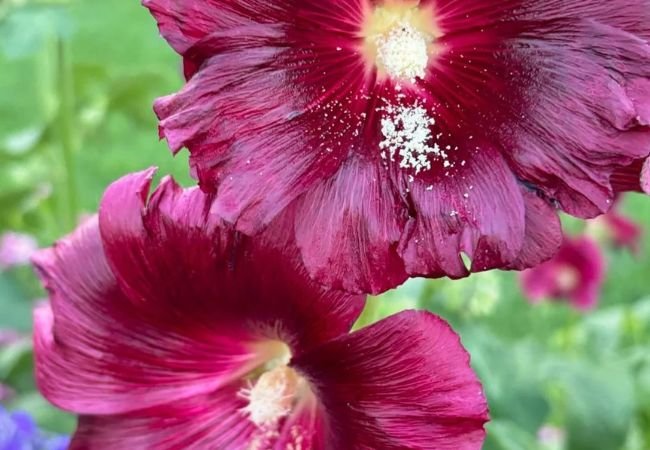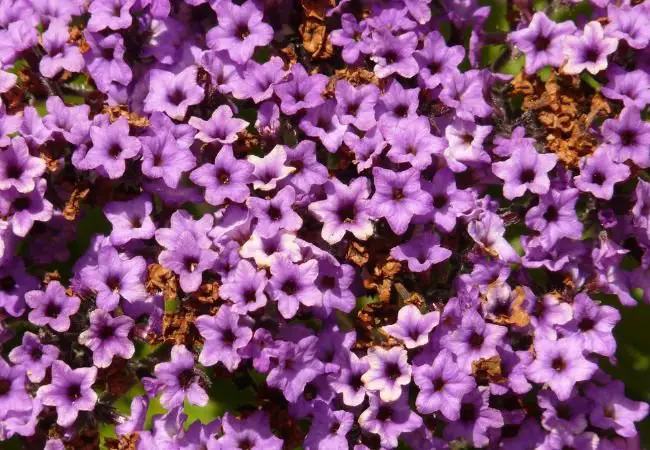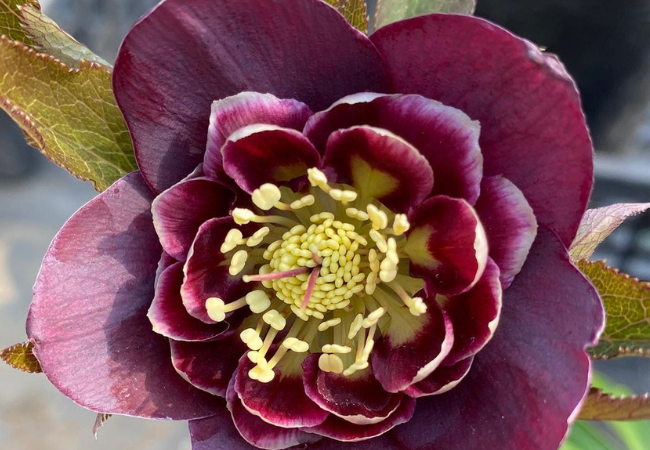Discover the charm of Hollyhock Flowers – learn how to grow them, their history and why they’re perfect for your garden. A beginner-friendly guide to these tall, colorful blooms.
Have you ever seen those tall flowers with big, round blooms in old-fashioned gardens? Those are probably Hollyhocks! These beautiful flowers have been loved by gardeners for a long time. Let’s learn more about Hollyhocks and how you can grow them in your own garden.
Here’s a detailed chart for Hollyhock flowers:
| Category | Information |
|---|---|
| Botanical name | Alcea rosea |
| Common name | Hollyhock |
| Plant type | Biennial or short-lived perennial |
| Hardiness zone | Zones 3-9 |
| Sun exposure | Full sun |
| Soil type | Well-drained, fertile soil |
| Watering | Moderate watering |
| Growth habit | Tall, upright |
| Height/Spread | 5-8 feet tall, 1-2 feet wide |
| Special features | Tall spikes of single or double flowers in a range of colors including pink, red, yellow, white, and purple; attracts pollinators; cottage garden favorite |
What are Hollyhocks?

Hollyhocks are flowering plants that can grow very tall – sometimes up to 8 feet high! They have big, colorful flowers that grow up and down the stem. Hollyhocks come in many colors like pink, red, yellow, white, and purple.
Key Features
- Tall plants with big, round flowers
- Bloom in summer and fall
- Can be annual, biennial, or short-lived perennial
- Attract bees and butterflies
Growing Hollyhocks
If you want to grow Hollyhocks, here’s what you need to know:
- Sunlight: They love full sun, which means at least 6 hours of direct sunlight each day.
- Soil: They like rich, well-drained soil.
- Water: Water them regularly, especially when they’re young.
- Space: Plant them about 2 feet apart because they can grow quite big.
You can start Hollyhocks from seeds or buy young plants from a garden store.
Uses of Hollyhocks
Hollyhocks are great for gardens, but they have other uses too:
- Garden beauty: They add height and color to gardens.
- Pollinator attraction: Bees and butterflies love Hollyhocks.
- Cut flowers: You can use them in big flower arrangements.
- Natural dye: In the past, people used Hollyhocks to make dye for fabric.
Interesting Facts About Hollyhocks
- Hollyhocks have been grown in gardens for over 2,000 years!
- In the language of flowers, Hollyhocks can mean ambition or fruitfulness.
- Some people eat Hollyhock flowers, but always check if a plant is safe to eat before trying it.
Caring for Your Hollyhocks
To keep your Hollyhocks healthy:
- Staking: Tall Hollyhocks might need stakes to stand up straight in windy areas.
- Mulching: Put mulch around the plants to keep the soil moist.
- Deadheading: Remove old flowers to encourage more blooms.
- Winter care: In cold areas, cover the plant base with mulch to protect it from frost.
Problems and Solutions
Like all plants, Hollyhocks can have some issues:
- Rust: This is a common problem. Remove affected leaves and avoid watering the leaves directly.
- Pests: Japanese beetles and spider mites can bother Hollyhocks. Use insecticidal soap if needed.
- Powdery mildew: This fungus looks like white powder on leaves. Improve air circulation around plants to help prevent it.
For more info on plant diseases, check out the American Phytopathological Society.
Hollyhocks in History
Hollyhocks have been around for a long time. They were grown in ancient China for medicine. In the Middle Ages, people in Europe grew them in monastery gardens. Pioneers brought Hollyhock seeds with them when they came to America.
The Smithsonian Gardens has more information about the history of garden plants.
Hollyhocks are beautiful, tall flowers that can add a lot of color and charm to your garden. They’re pretty easy to grow and care for, making them great for both new and experienced gardeners. Whether you have a big backyard or just a small space, Hollyhocks can bring a touch of old-fashioned beauty to your outdoor area.
Why not try growing some Hollyhocks this year? With their tall stems and big, colorful flowers, they’re sure to become a favorite in your garden!
For more gardening tips and plant care guides, visit usagardenhub.com.






